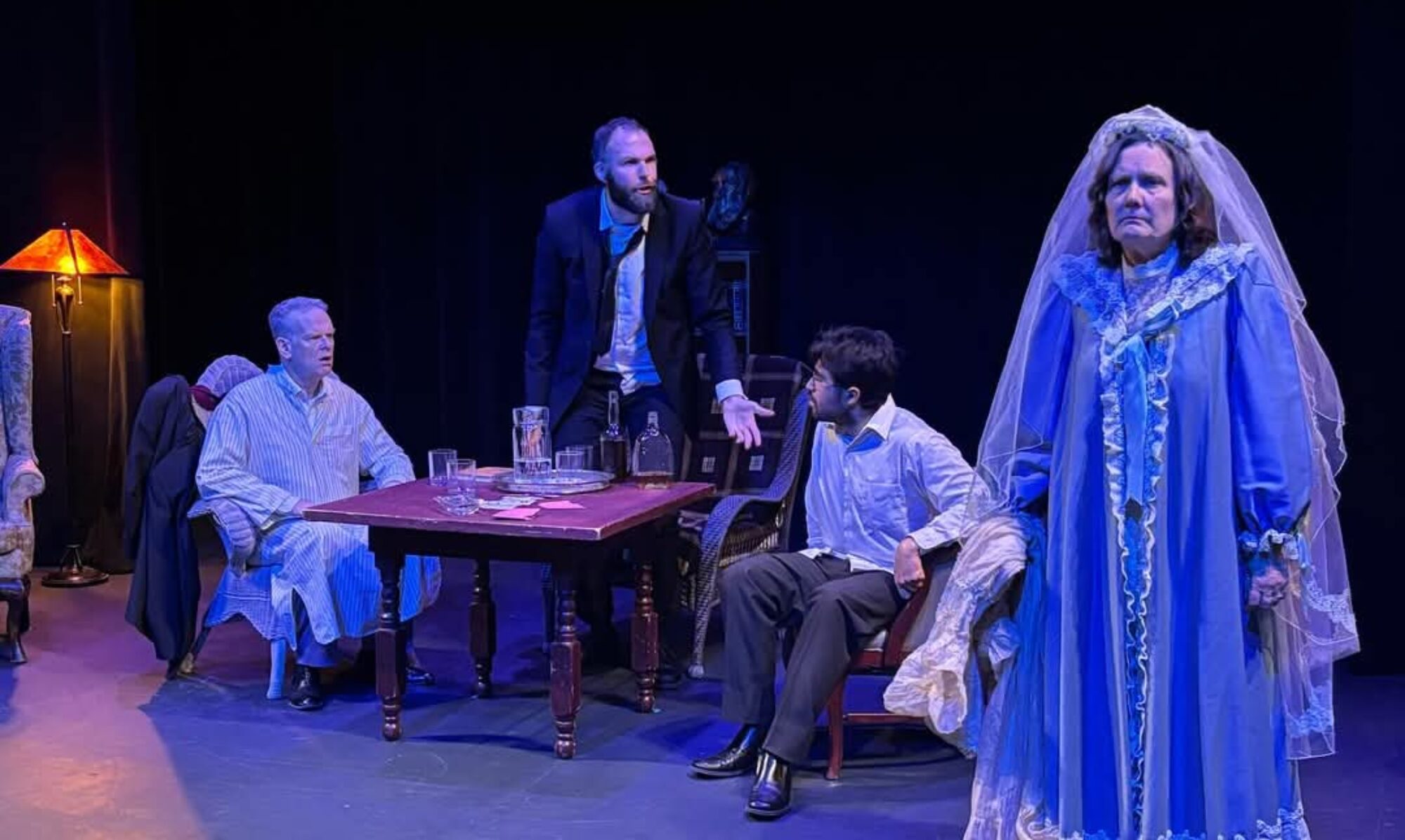Remember the Hitler Diaries? In 1983 the West German Magazine Stern purchased for 9.3 million Deutsche Marks six volumes of diaries purportedly written by Hitler, and began publishing them. It turns out they were fake and the handwriting expert who proved them to be fake was an American writer and autograph collector named Charles Hamilton.
He earned a lot of fame for his exposure of the fraud, but he was not done. In 1994 he outdid himself when he discovered and published a lost play by Shakespeare entitled Cardenio.
Now there really was a play called Cardenio. In 1613 it was performed twice at King James’ court by Shakespeare’s company. And in 1653 a Cardenio by Shakespeare and John Fletcher was entered in The Stationer’s Register—copyrighted, in effect—but there is no evidence it was actually printed. The work registered in 1653 may or may not be the same play as the one performed in 1613. No copy has come down to us.
But there is a play that has come down to us: one copy of a handwritten manuscript with no title or author’s name. On the last page, dated October 31, 1611, is a notation that says, “This Second Maydens tragedy (for it hath no name inscribed) may wth the reformations be acted publickly.” That note gives us the title by which the play has come to be known and a last possible date for its composition.
On the first page, in a hand dating from much later in the century a title was added:
The Second Maydens Tragedy
October 31st
1611
By Thomas Goff
A Tragedy indeed.
A later hand crossed out Thomas Goff and wrote in ‘George Chapman.’ A still later hand, probably dating from the 18th century crossed out Chapman’s name and wrote ‘Will Shakspear.’
Hamilton claimed that this play is really Shakespeare’s Cardenio. We decided we would be among the first to produce this lost work.
The name, Cardenio, comes from Cervantes’ Don Quixote. Don Cardenio was betrothed to Luscinda. His friend Don Fernando, who had seduced and abandoned Dorothea, fell in love with Luscinda and tried to force her into marriage. She fell unconscious from helpless rage. Cardenio went mad and fled to the mountains where Don Quixote found him leaping about. Dorothea, in grief, also fled to the mountains where Don Quixote found her disguised as a boy. Fernando kidnapped Luscinda and traveled to the mountains where Don Quixote found them in an inn. There the four lovers got themselves properly redistributed and in a room at the inn they discovered the manuscript of a novel. That novel is quoted in full and it is indeed the source of the subplot of The Second Maiden’ s Tragedy
So, there is certainly a connection between The Second Maiden’s Tragedy and the story of Cardenio, but it needs a very rich imagination to find much similarity between the main plot of the play and Cardenio’s own story. The names are different, the story is different, the outcome is different, the tone is different. The only similarity is that in both stories one man loves and attempts to force his attentions upon a woman who is loved by and loves another man. How many thousands of stories can be so described? Among Shakespeare’s works, A Midsummer Night’s Dream, Troilus and Cressida, Romeo and Juliet, and Measure for Measure all fit that form better than The Second Maiden’s Tragedy.
Hamilton claimed that Shakespeare and Fletcher made minor changes in the story of Cardenio. The character corresponding to Fernando (‘The Tyrant’) does not kidnap Luscinda (‘The Lady’); he tries to rape her. She kills herself and he preserves her dead body and makes love to it till it becomes a little unsavory. He hires an artist to freshen up the body and the character coresponding to Cardenio (‘Govianus’) disguises himself as an artist, cleans up the body and applies poison to its lips. The Tyrant kisses the corpse and dies. Minor changes.
He offered examples of stylistic similarities between “Cardenio” and other plays by Shakespeare: “your discretion sucked” (Cardenio)–“When Hector’s grandsire sucked” (Troilus and Cressida) and “unfashionable for pleasure” (Cardenio)–“lamely and unfashionable” (Richard III) as evidence. Shakespeare and the Cardenio writer both find that blushes can indicate guilt. And so forth. Most of his comparisons are a little better than these, but only a little.
So, who wrote The Second Maiden’s Tragedy? Almost certainly Thomas Middleton. Long-time Upstart Crow patrons may remember Middleton’s The Changeling which we produced earlier that year (1995) and a comparison of the two plays is instructive. Both are made of two self-contained plots that connect in only the most tenuous fashion except in terms of theme. In both plays the subplot is thematically and morally a kind of mirror image of the other. (Shakespeare’s subplots are tightly interwoven with the main plots and are thematically supportive, not contradictory.) The Second Maiden and Changeling are about sex—obsessive, compulsive sex—and in both plays the lady in one plot gives in to the compulsion while the lady in the other resists it. This structure is unknown in Shakespeare. Leonella in The Second Maiden’s Tragedy and The Changeling’s Diaphanta are practically the same person: they even have the same mild curse, “Cud’s me,” an expression that occurs nowhere in Shakespeare. Sophonirus in Second Maiden is a ‘wittol cuckold,’ a man who knows his wife is unfaithful to him and doesn’t mind. There is no such character in all of Shakespeare, but he is a staple of Middleton’s ‘city comedies’ like A Mad World, My Masters, and A Chaste Maid in Cheapside.
Anyway, it’s a very good play and we’re glad to have been among the first in the modern theatre to do this splendid, non-Shakespearean tragedy.

